90 mile beach, Henry and a few catches in his bucket…

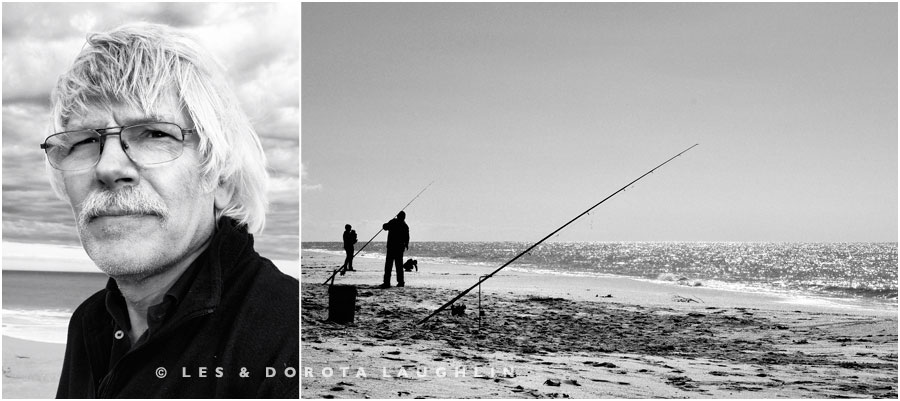
It’s long and wide and empty…and it stretches for 90 miles.
The sky is big. The sand is full of broken shells. Your shoes leave deep marks when you press against the wind. This makes you think you are the first one ever here.
It never looks the same. Clouds roll through Bass Strait, playing with the light.
It is never silent. Waves crash in concert with seagulls’ cries.
It smells of underwater secrets.
It gives you space and the sense of distance. It puts things in perspective.
It is timeless.

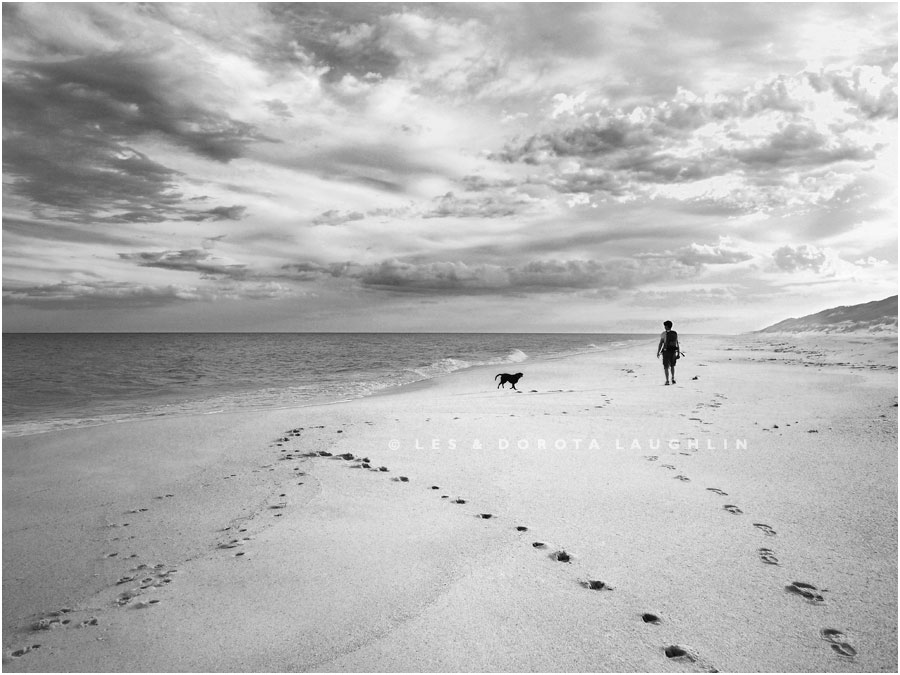

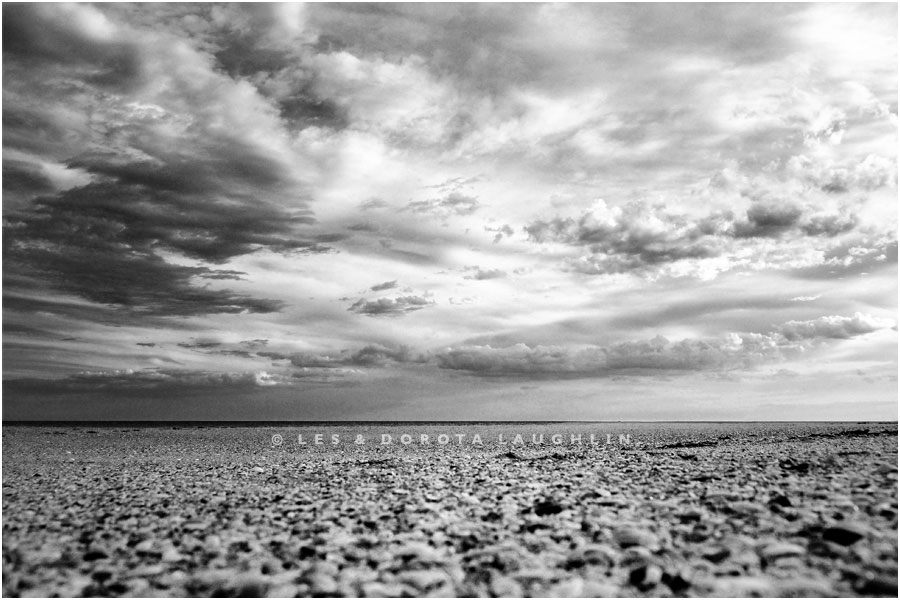
no comments
We spent a weekend filled with endless beach walks on the coast in Victoria’s Gippsland area. The beach never ceased to surprise. And this is what we found:
A SHARK, A BIRD, A SEAL, ALGAE, BRANCHES, SHELLS, ROCKS…

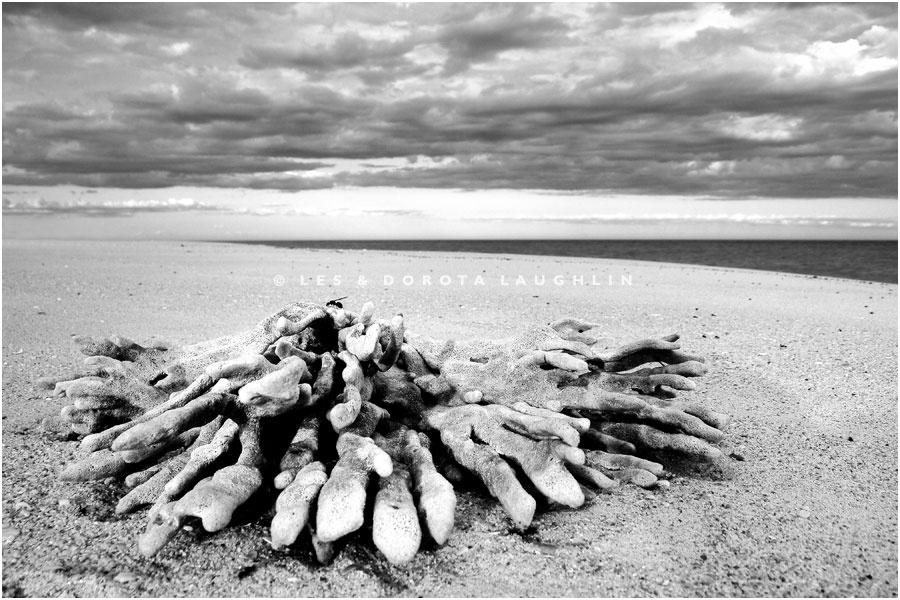

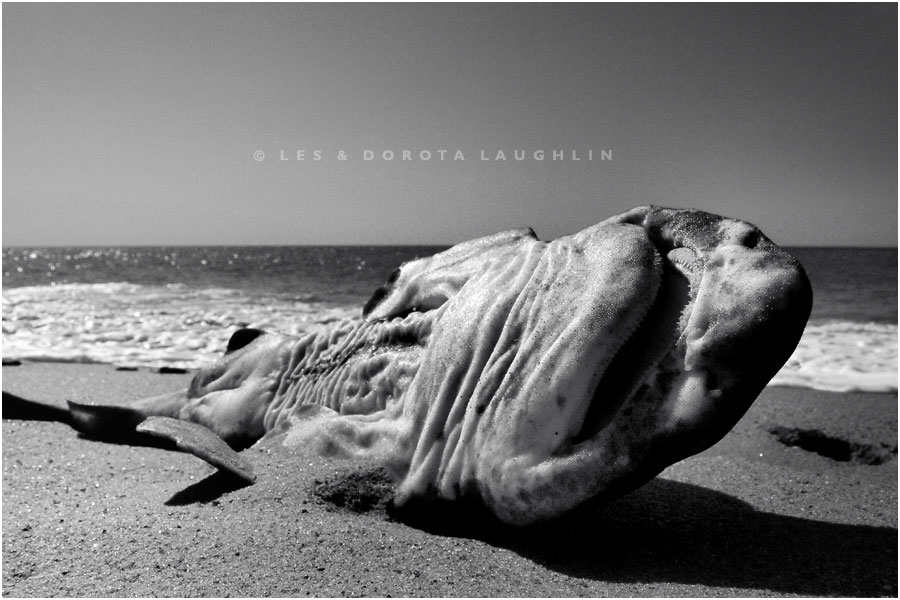

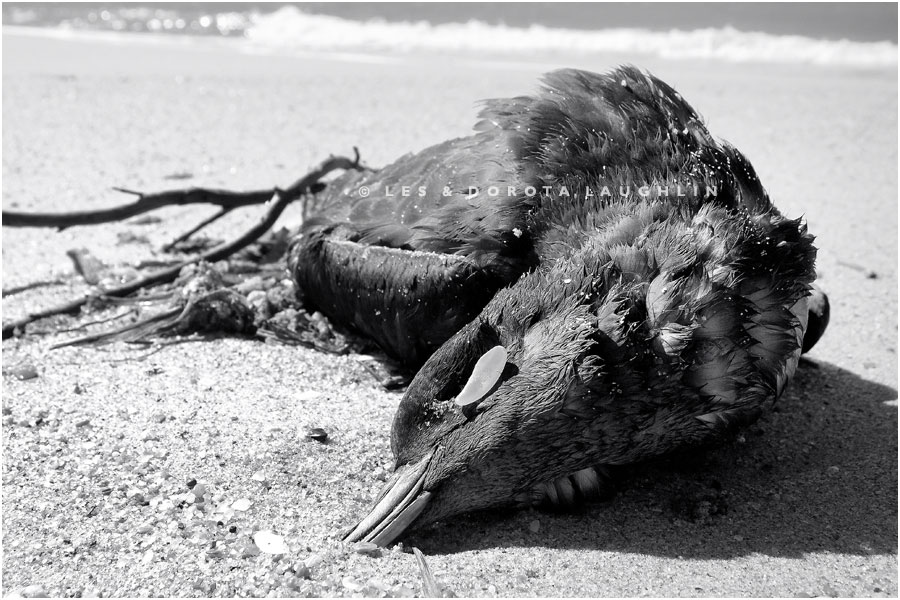

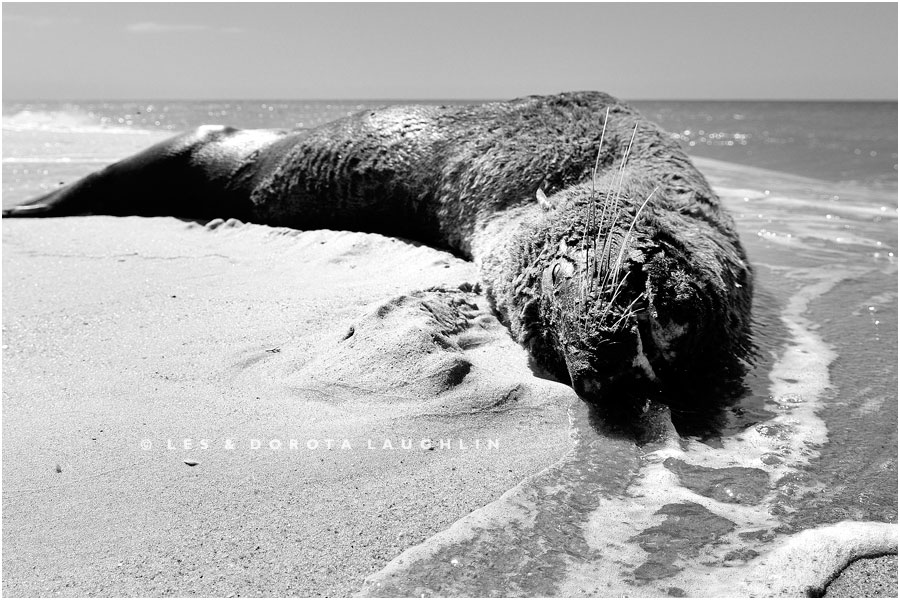

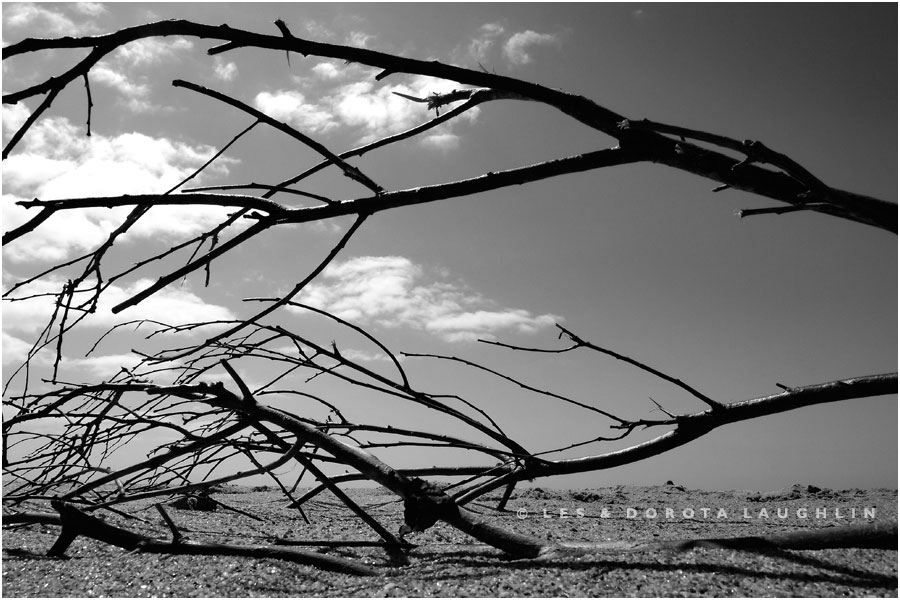
no comments
I have come across a discussion on the Lonely Planet website: ‘Is travel writing dead?’
No, it’s not but it has shifted towards the mainstream culture with whatever such a move usually entails.
I have just finished reading Christos Tsiolkas ‘Dead Europe’. It’s a piece of fine literature and not popular travel writing genre. This is how I personally like to ‘travel’. The main character Isaac is a photographer (!) who travels from Greece through Venice, Prague, Berlin, Paris, Amsterdam to Cambridge. He experiences the guts of places rather than world heritage sites. This is a portrait of Europe different from frequented trails: dark, moody, melancholic, shady. Yet, it is beautifully written.
‘We met outside the final suburban Metro stop on the eastern line. Whereas I had descended into the underground from a clean, pristine Paris, I ascended into a bare concrete vault, littered with rubbish and cigarette butts. There was graffiti on every spare surface, and a homeless woman was peeing on the concrete. I walked past her and she screamed out for money. I ignored her. Outside the station was a huge concrete car park and a long stretch of motorway; beyond that, empty, barren fields. Behind the fields, blocks of grey high-rise apartments stretched for miles across the blighted plain. The sky was dark with threatening clouds’
Christos Tsiolkas ‘Dead Europe’ 2005
SHOW 1 comment
After the rainy mood of the last post, we crave brighter light!
This memoir from Andalusia is full of desert sun. A day after our Alhambra visit, we headed east towards Almeria to visit the olive grove of Oro del Desierto. The farm lies in a valley surrounded by the bare mountains of the Almeria desert. On approaching, one wonders how anything can survive in such harsh conditions.
Rafael Alonso and his father run a successful estate managed according to strict organic principles and respect for natural resources. They have achieved a lot in only a few short years and so much more is yet planned ahead. Their dedication and creative thinking are contagious!
Had we stayed longer, we would have loved to document life on their organic farm in more detail. Instead, this is just a brief impression of this amazing place.
no comments
We had a very rainy day here in Melbourne last Friday. The rain fell relentlessly the whole day. In the evening and several times during the night, hail joined the deluge. After years of intense drought in Victoria, flooding rains feel foreign, as if not part of this land. Rather, they seem to belong to the European winter. It reminded us of a January day earlier this year when we visited Granada in Spain. We must have broken the world record that day for the speed of visiting Alhambra. Gale force winds, torrential rain & fog made the experience so different to what is described in guide books and featured in photo albums. But our traveller’s worries were nothing compared with those of local people in countless towns across Andalusia which at that time experienced devastating floods.
So, this is an image of our favourite palace of Alhambra, wrapped in pouring rain. Rain was not the weather we anticipated and Renaissance was not the style we expected. The circular 16th century courtyard boasts stunning proportions and was, thanks to the rain, all ours to enjoy.

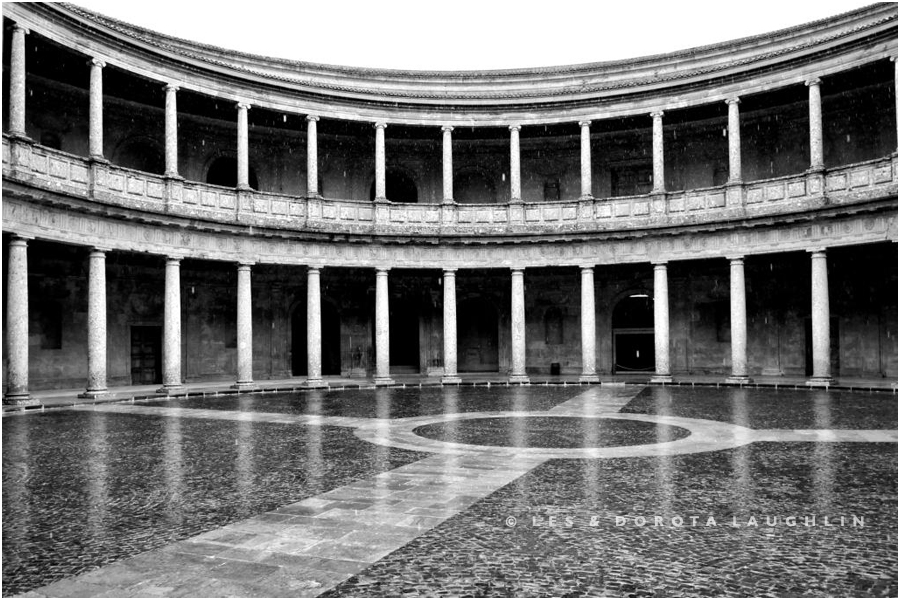

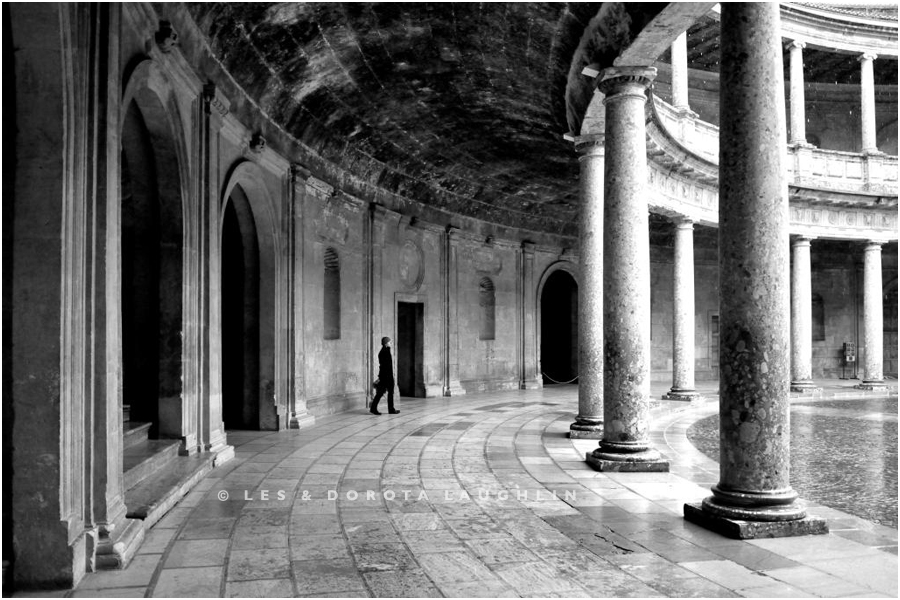
no comments
Sunday, 10th of October: over 25,000 people running and walking on the streets of Melbourne… that makes twice as many legs! These legs were photographed just after 10 am on 10/10/10!

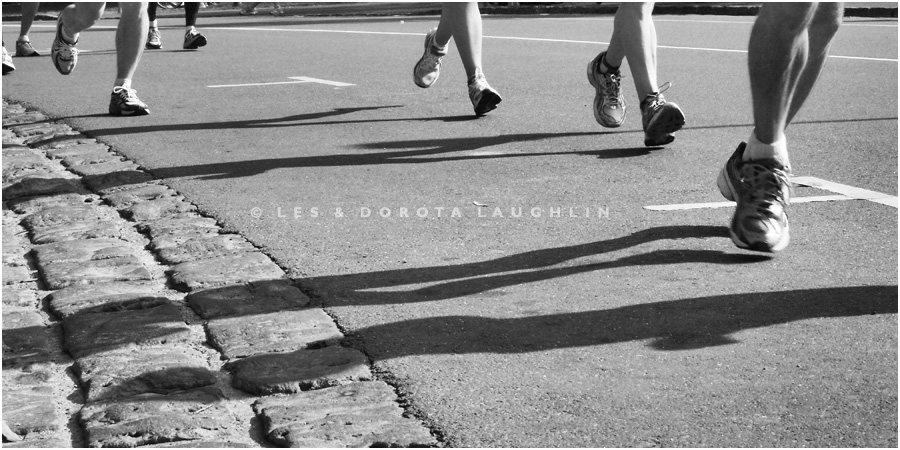
no comments
Sibelius, Finland’s most celebrated composer is paid homage by a monument that seems dimensionally infinite. It is located in an open space at the edge of water in one of Helsinki’s parks.
And to think that we almost never made it to the monument! What was planned as an easy walk in the winter chill became a trek in bitterly cold conditions with deep, fresh snow and a ruthless, numbing wind. Persistence, though, always brings rewards.

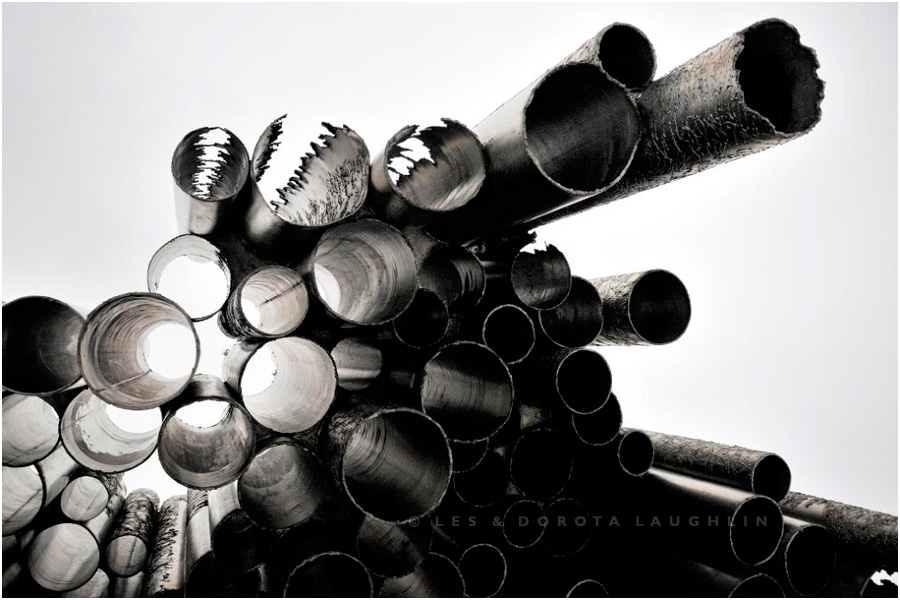

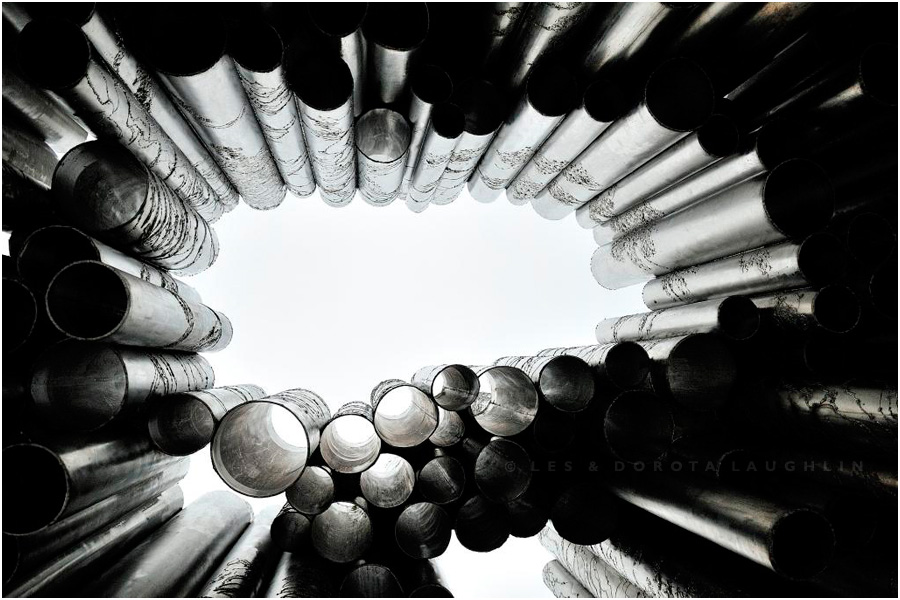
no comments
We chose Finland as THE place to visit just before Christmas. With daylight scarce, we landed in Rovaniemi in December 2009. Our entire luggage, however, chose the scenic route and soon we faced temperatures hovering around minus 28C with no warm clothes or footwear. Still, it was one of the most beautiful locations we have been to.
In the depths of winter at the Arctic Circle, the days are marked by long dawns and even longer twilights. The sun is a distant orange disc that seems to constantly wrestle with the horizon line, merely gliding along it and offering just a minimum of daylight.
There is so much that we like about these photos: their vast white spaces, their graininess – as if drawn with a soft lead pencil, and the stillness embossed by frost.
no comments
These are our favourites… taken in Japan and in Turkey. We like the honesty – no styling has ever been involved but there is a level of sensual sophistication that only authentic & simple food can deliver.

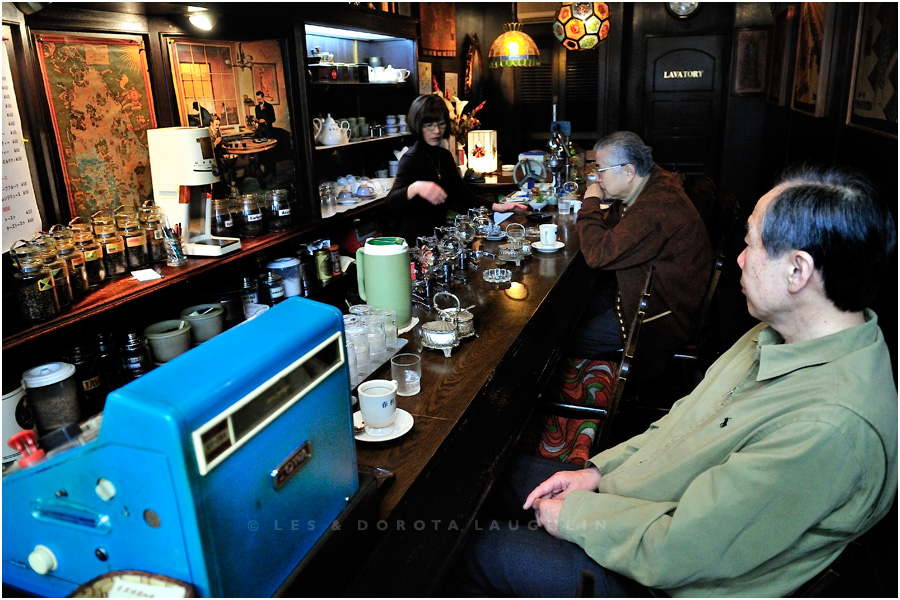

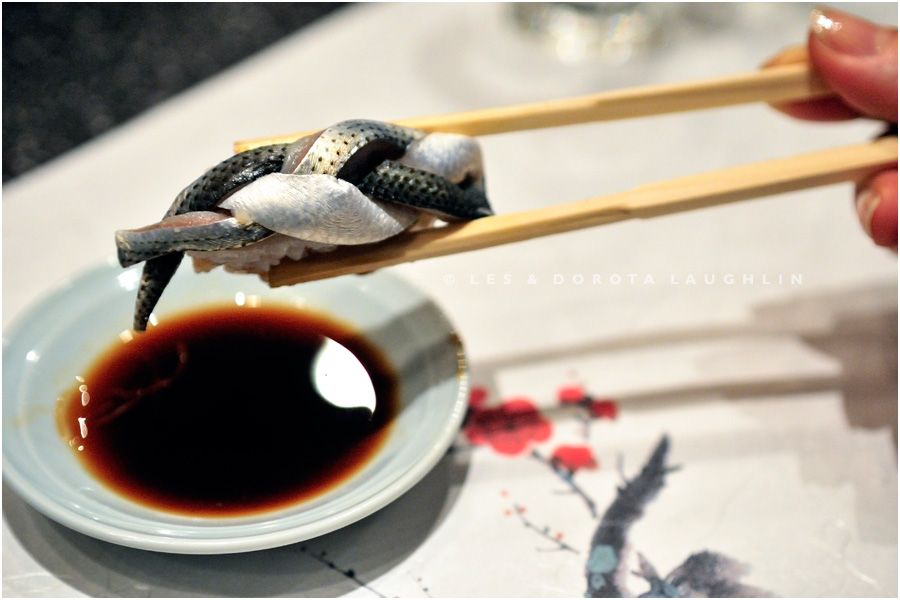

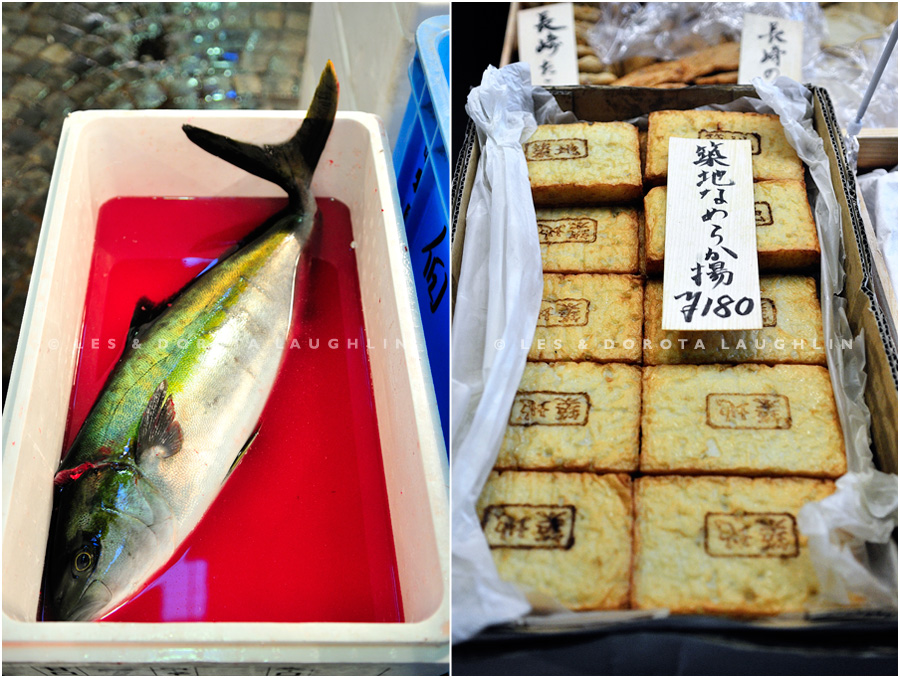

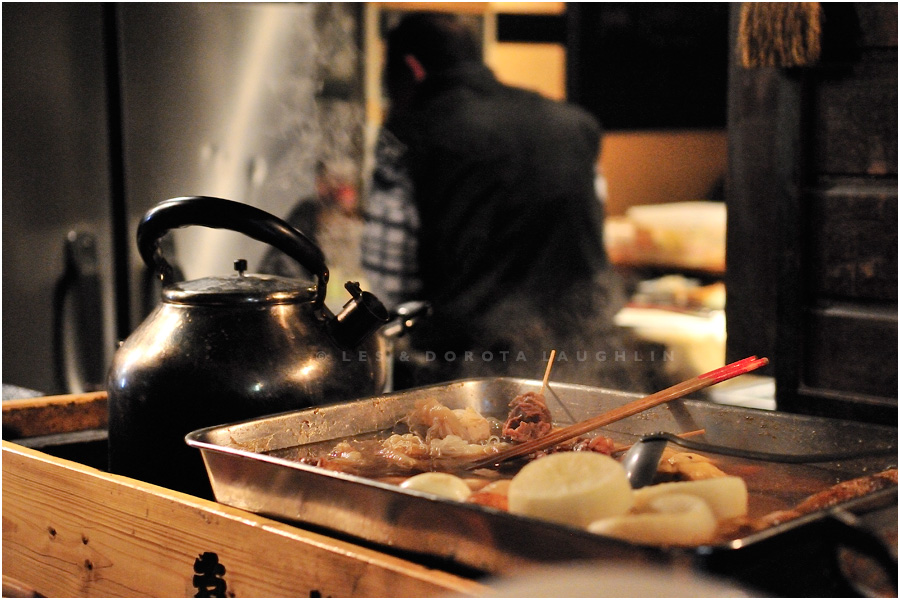

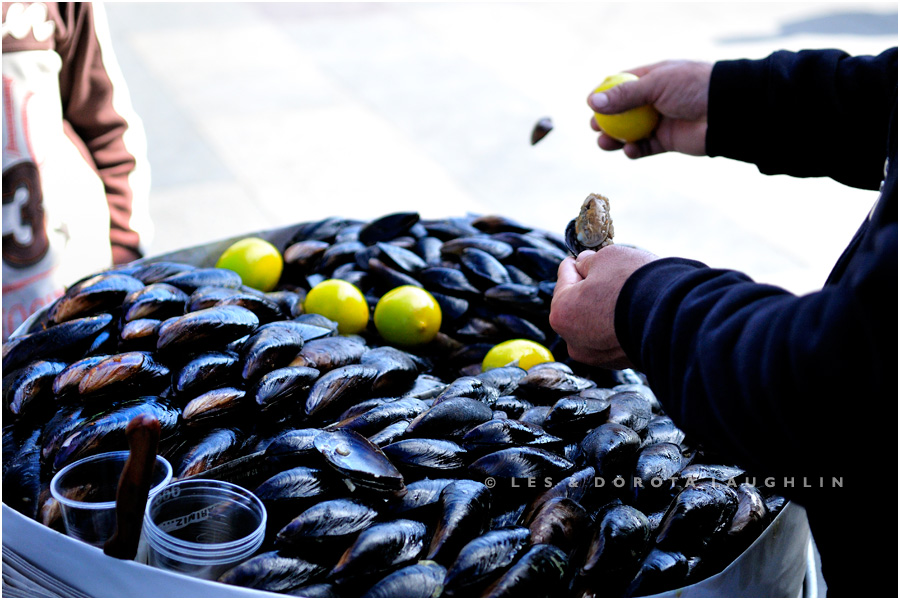

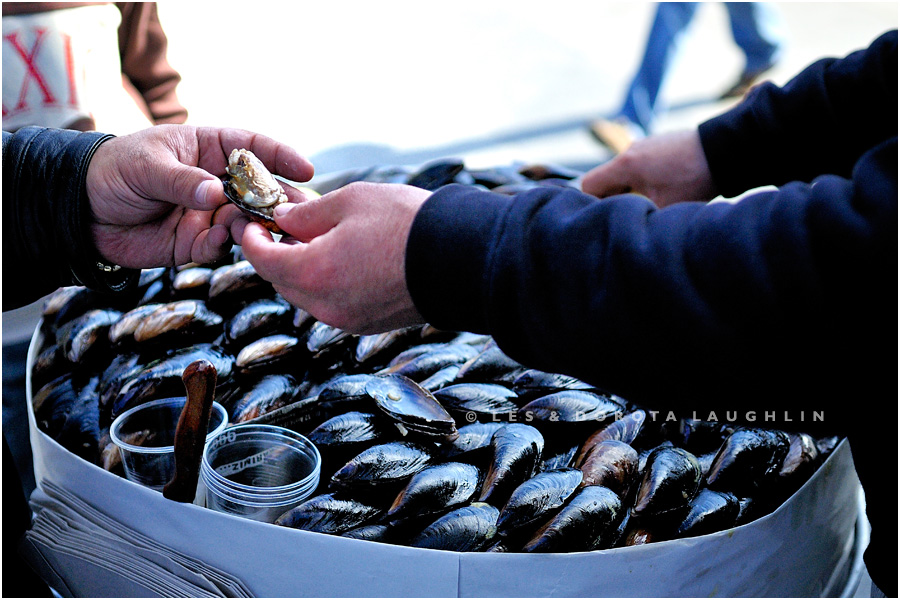
no comments
At its best in the winter months, Nozawa Onsen is a skier’s paradise in the Nagano region just two hours from Tokyo. The skiing experience is at least as rewarding as anywhere in the world where the tradition is long and alive.
Nozawa has managed to retain the charm of a small village. It is famous for its hot water springs, spa rituals and food specialities. Staying at a traditional ryokan ensures you are handed a kimono which is a standard outfit for visits to any of the 13 free public spa baths – onsens, scattered around the resort. The bubbling hot springs are everywhere, luring tourists who soak their feet after a day of skiing and allowing locals to perform daily tasks like boiling eggs or blanching vegetables. Evening meals are either high-art food feasts at the ryokans, unassuming adventures at local eateries alongside regular patrons or steamed Nozawana buns sold on street corners straight from bamboo steamers.
Just an hour’s drive from Nozawa is the mystical reserve of snow monkeys where the animals still live in the wild. Those lucky enough soak in the hot springs, others shiver and huddle together in freezing outdoor temperatures. Snow falls relentlessly, covering the monkeys with white, fairy flakes…
no comments
SHOW HIDE 1 comment